Can you find Newfoundland on a map? Did you know that it has its own time zone? ![]()
If the easternmost island in Canada is famous for anything, it’s the accent, caught somewhere between Europe and North America, just like Newfoundland itself.
“Newfies are like our rednecks,” a mainlander once told me, comparing the Newfoundland accent to America’s rural twang.
I don’t think she meant either party any disrespect. Newfoundlanders are known as hardworking people who have always farmed the forests and the sea. Today, due to the decline of the paper and fishing industries, Newfies increasingly commute to jobs in the western oilfields thousands of miles away.
Since there are never many people around, Newfoundland looks a bit like the land time forgot, but not in a bad way. English, Irish, and indigenous influences blend together with the craggy landscape to create a unique aesthetic – nowhere else in North America quite looks like Newfoundland.
The vibe matches: people are laid back, yet proud of their heritage. Even if they’re uncertain about what the future holds.
I spent a few days on the island one summer, using Corner Brook as a base. This mill town of about 20,000 is the biggest population center on Newfoundland’s west coast. From Corner Brook, I traveled a few hours north and a few hours south. No matter where I went, the Ontario plates on my rental car made me stick out like a sore thumb. Someone even referred to me as a “big city person.”
On my drives, I discovered snowmobiles, lots of snowmobiles, waiting for the winter that’s always around the corner. I discovered the “loose meat” burger and a severe lack of vegetables. I also discovered an obvious shortage of young adults.
I never saw a moose, even though Newfoundland has a moose overpopulation problem. The closest I came was a gas station that advertised moose sandwiches. But they had run out for the day.
I met plenty of hospitable locals. Brendan, a former paper mill manager who sat next to me on the plane from Halifax, gave me the entire history of the Corner Brook area in just under 90 minutes, including the abandonment of the railroad and the constant shrinking of the mill workforce.
The young lady at the airport rental car counter told me to check out the bars in downtown Corner Brook. “We’re like the capital of alcohol,” she said.
The ladies who served me a cod tongue dinner in the settlement of Margaree (not quite a town) cautioned me to avoid a fatal moose encounter by only driving during daylight.
“We don’t turn no one away!” remarked the Seashore Lounge’s owner, Paula, as I walked through the wind- and salt-scarred door just before closing time. She told me I had “pretty hair, for a man.” And she urged me to get a second hotel room in nearby Port aux Basques (pronounced “porta bask”) that night.
Why? Because driving at night is “not worth your life.” Fatal moose encounters do happen on the Trans-Canada Highway, but I took my chances.
Fun fact: the giant ferry pictured below is the Trans-Canada Highway between Cape Breton and Newfoundland.
Even though I visited at the beginning of summer, people were surprised to see an outsider almost everywhere I went. That didn’t stop a single person from being friendly, though. I got the distinct sense that people wanted to make the most of the time that all their snowmobiles weren’t needed.
Brendan, the former mill manager I had met on the plane, made a remark about “eight or nine kids, that was a normal Newfoundland family.” As I drove around, I wondered whether that meant that most inhabitants had been staunchly observant Catholics, or whether humans needed to ensure that the species could survive each Newfoundland winter.
There’s a strange beauty in survival, and in Western Newfoundland, that beauty is on display year-round.
Essay & photos by Rob Bellinger
Publication date February 21, 2017
Date of visit: June 2013
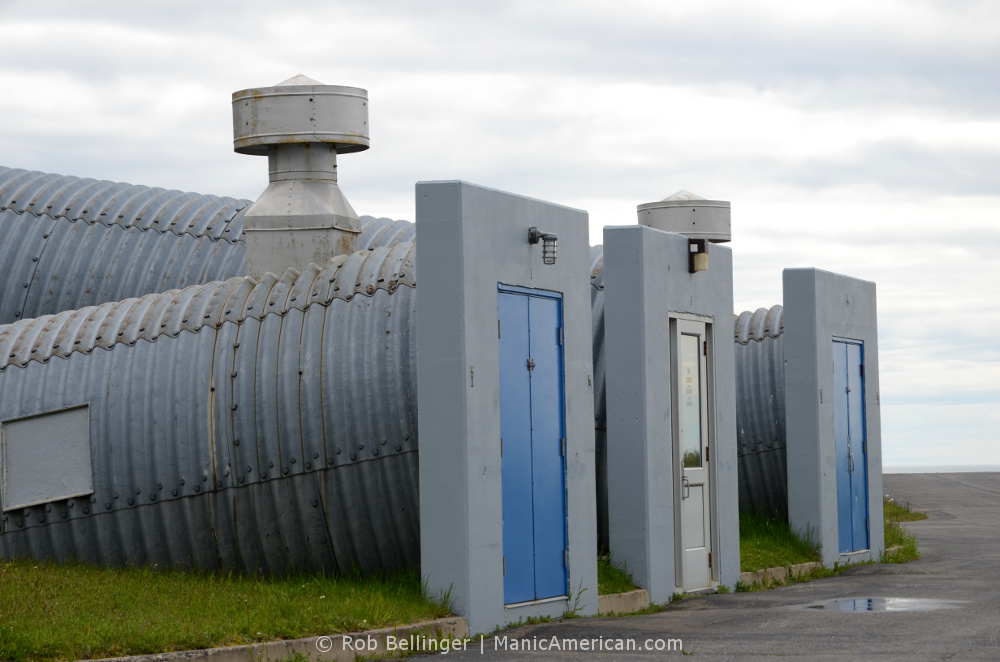
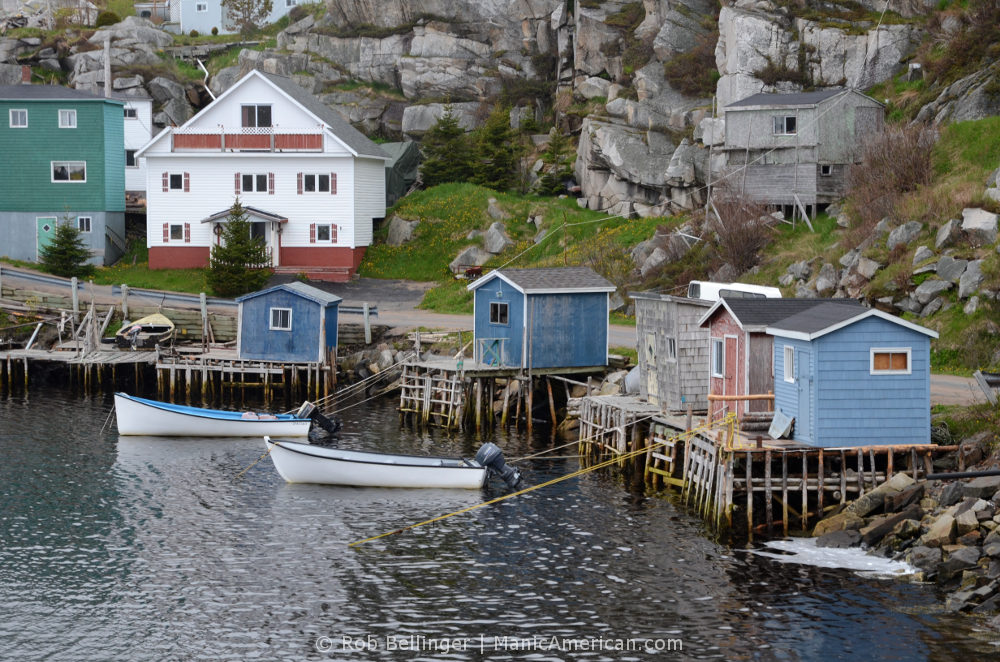
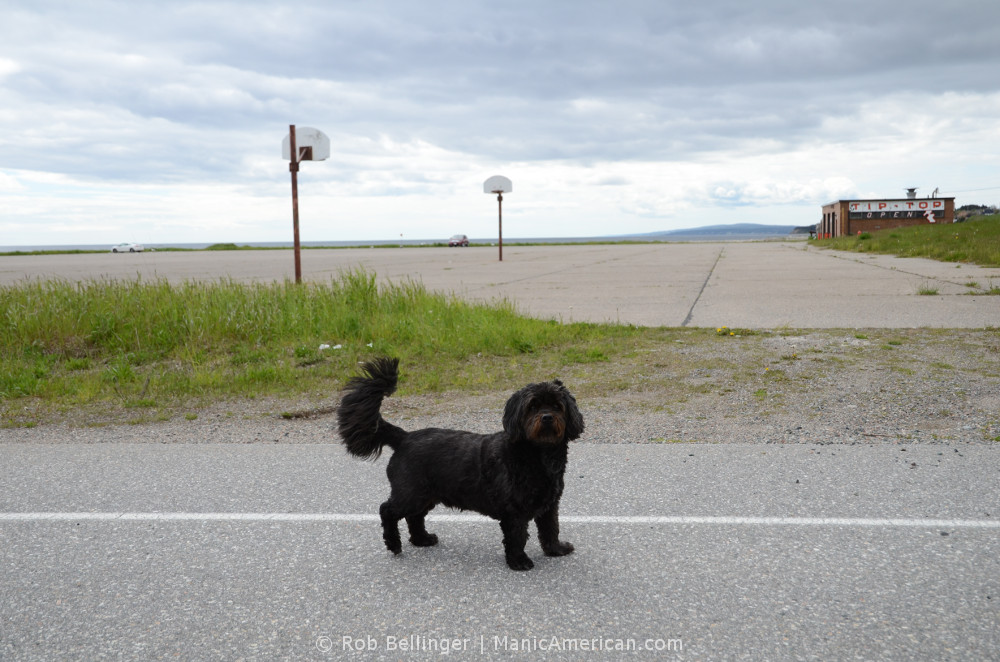
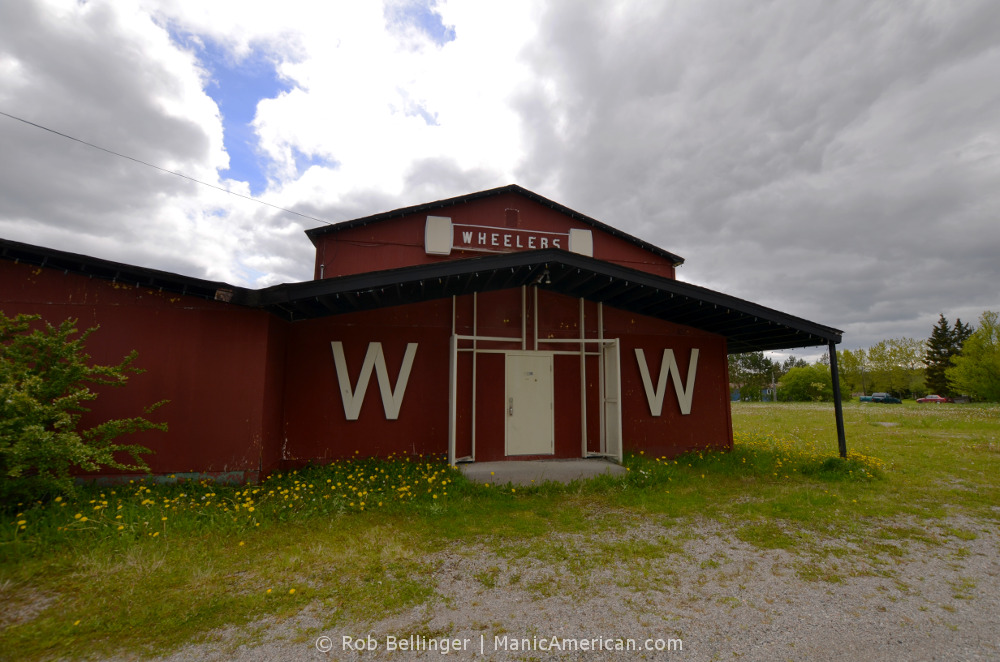
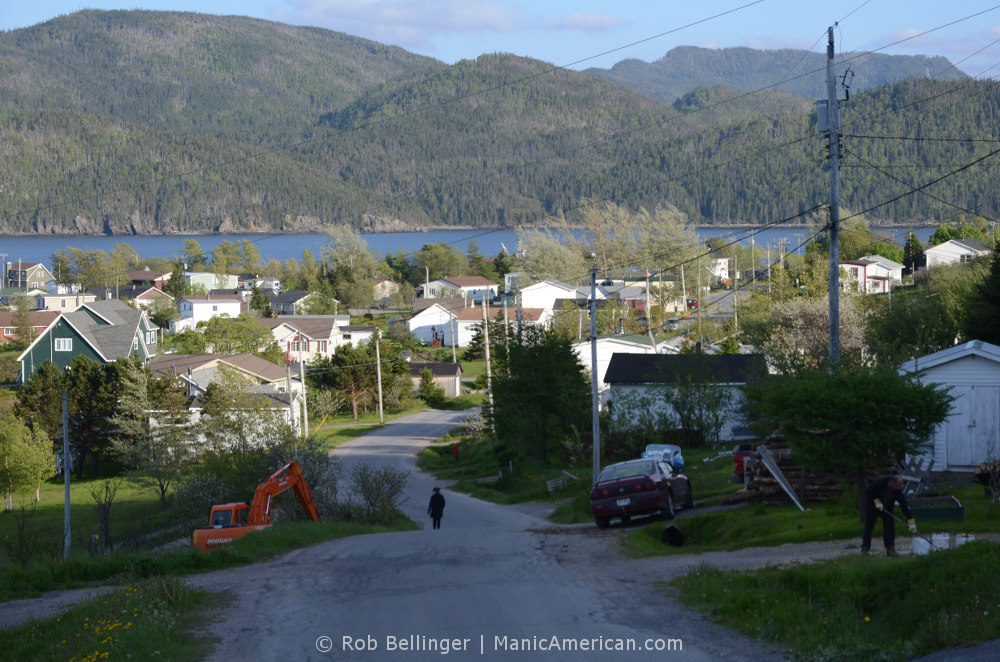
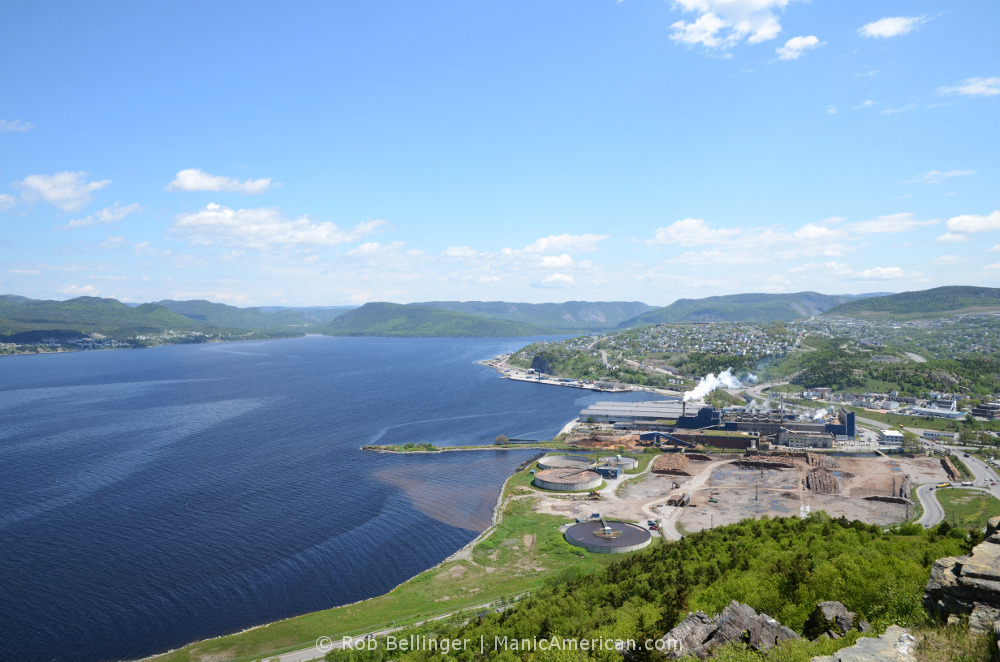
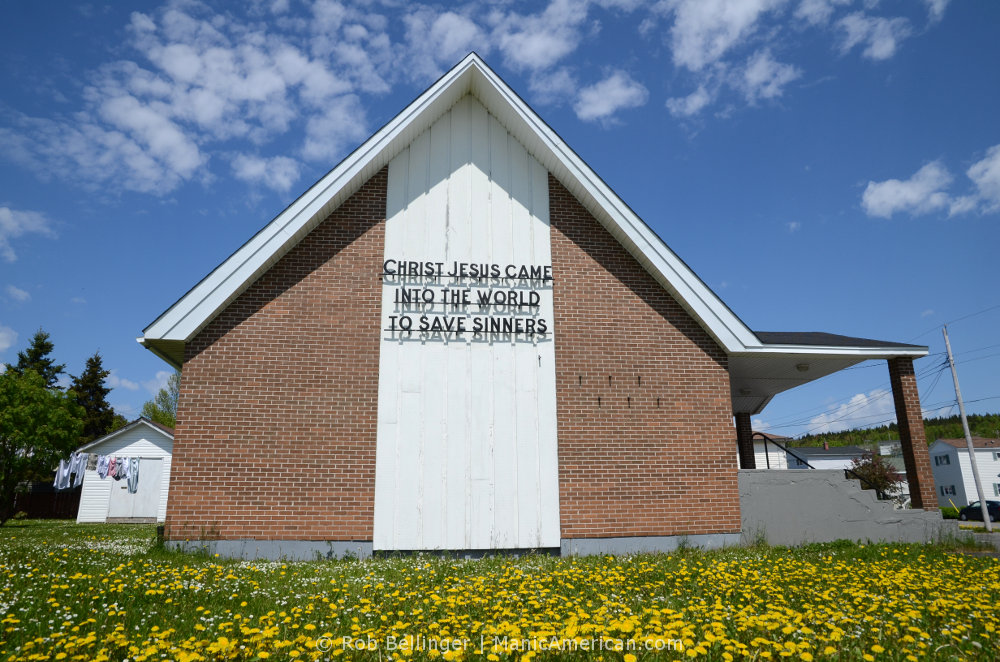
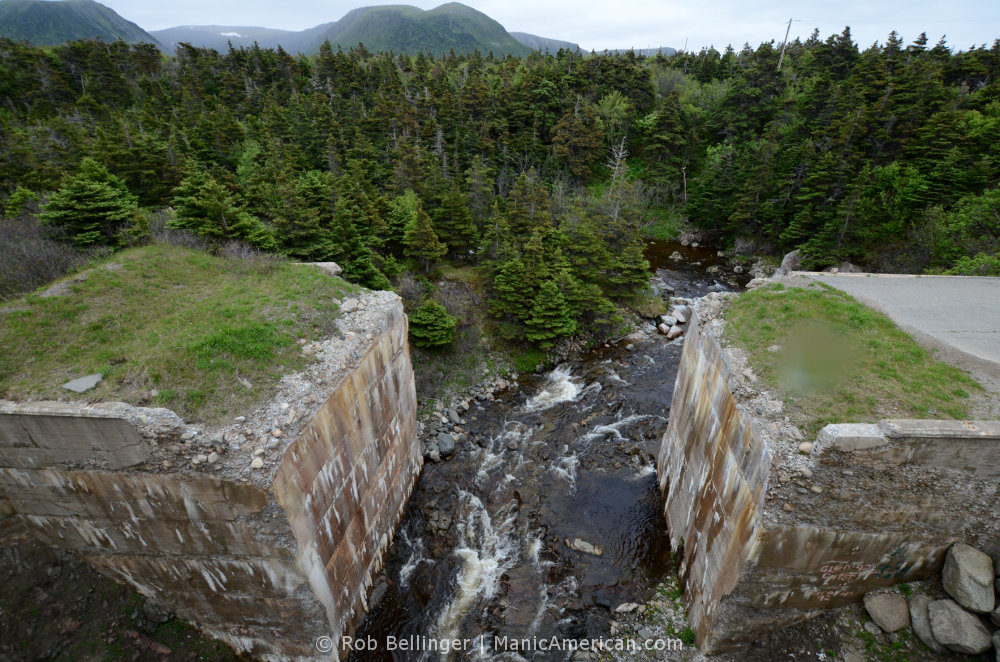
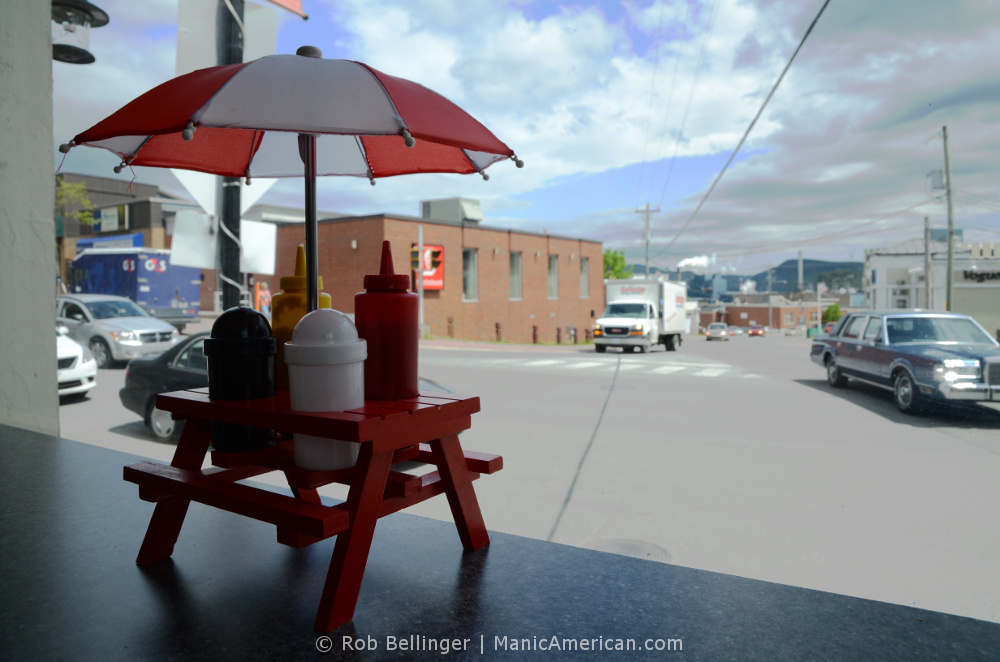
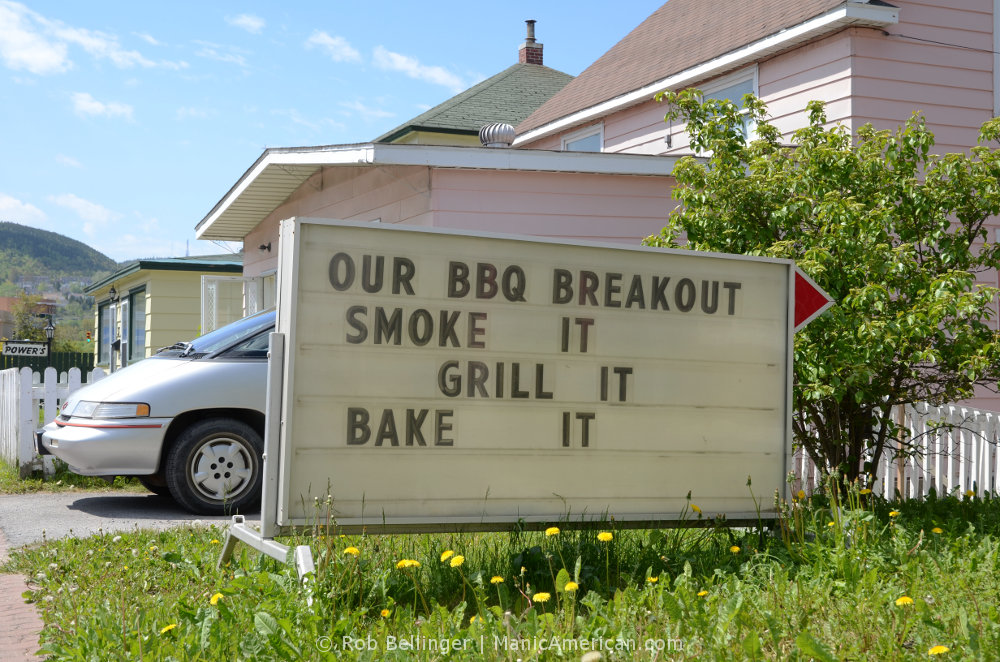
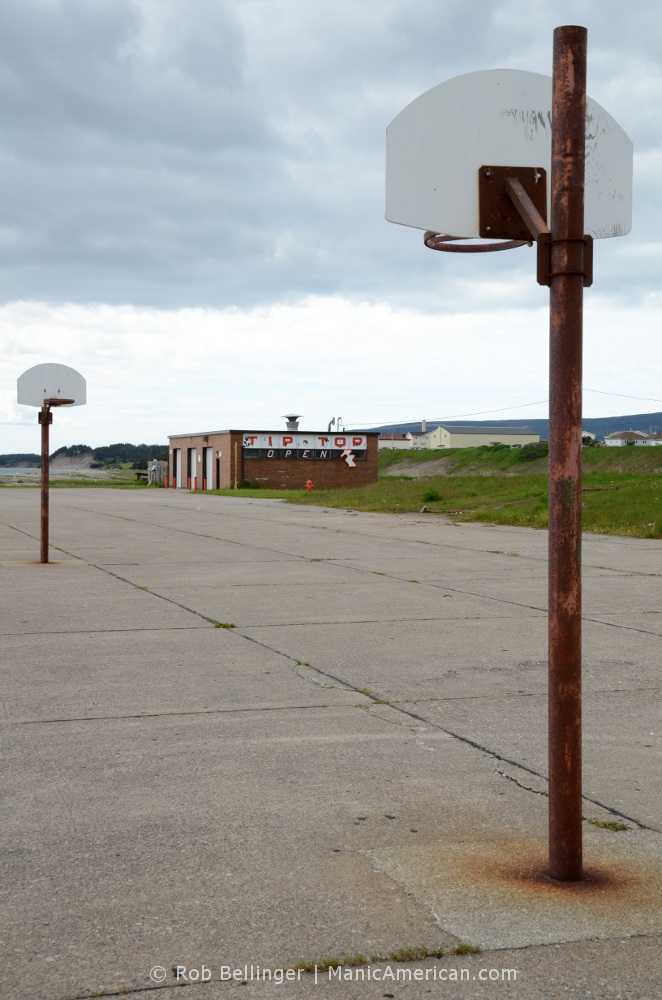
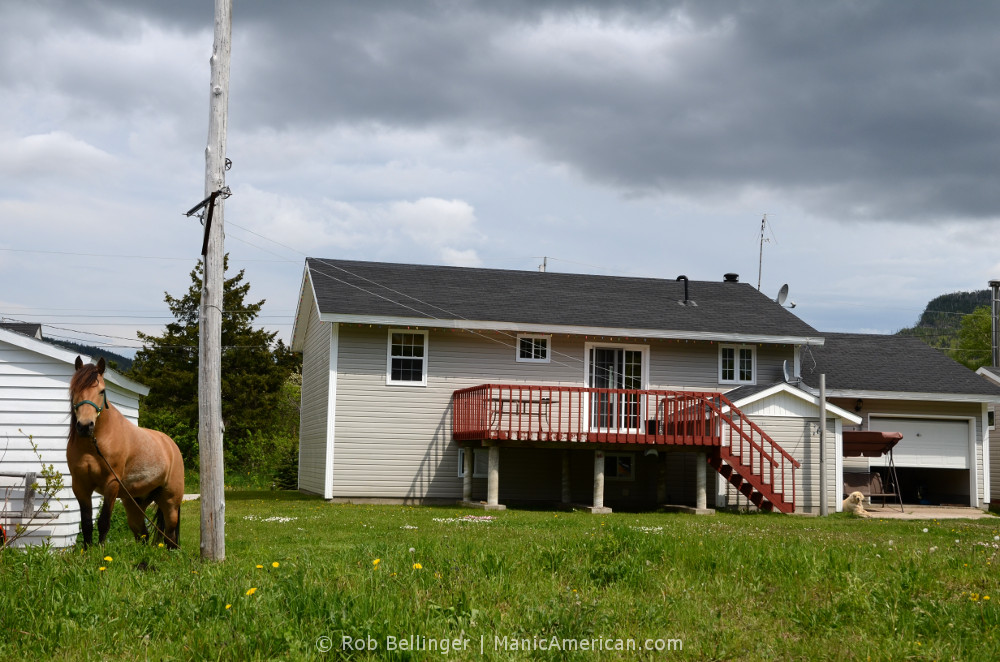
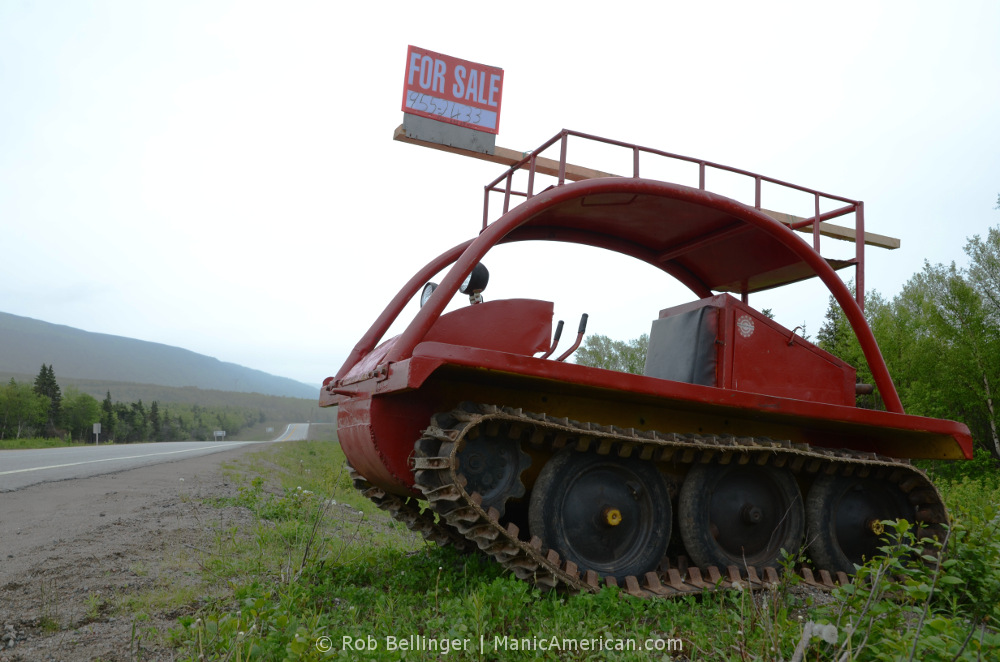
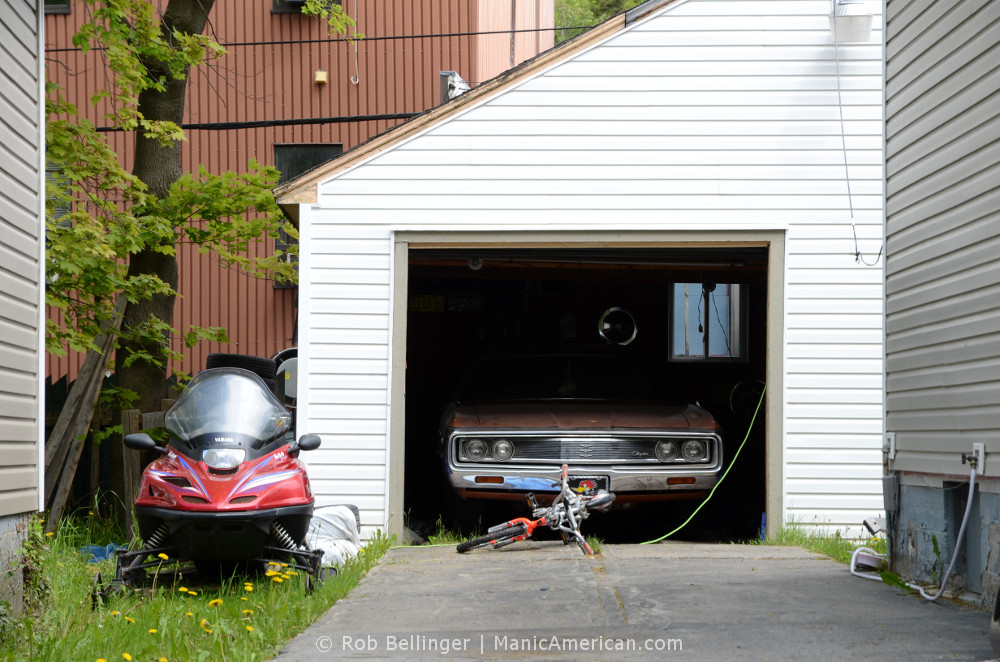
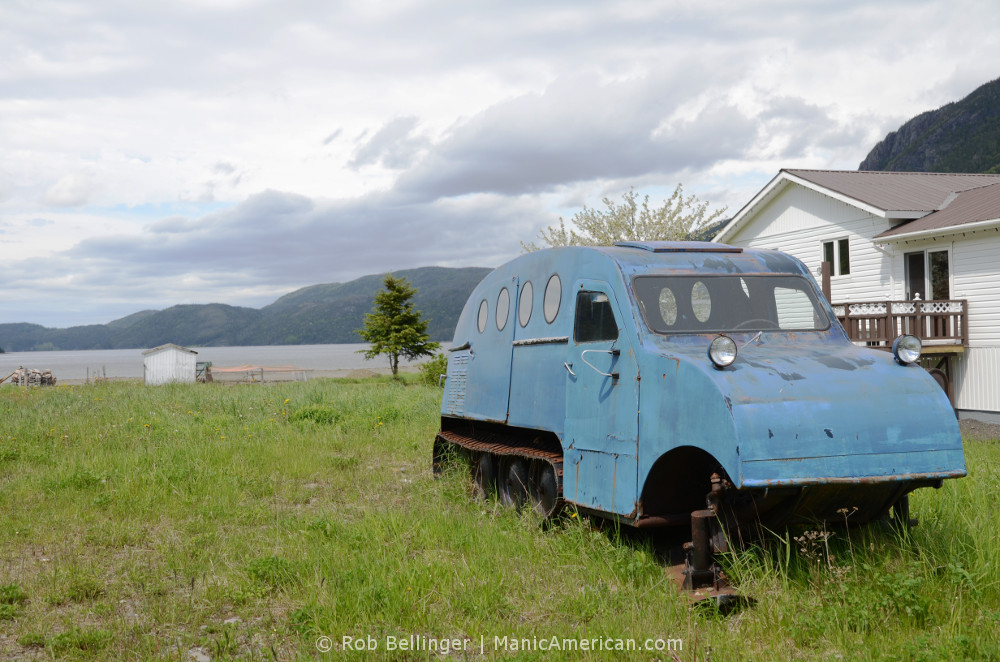
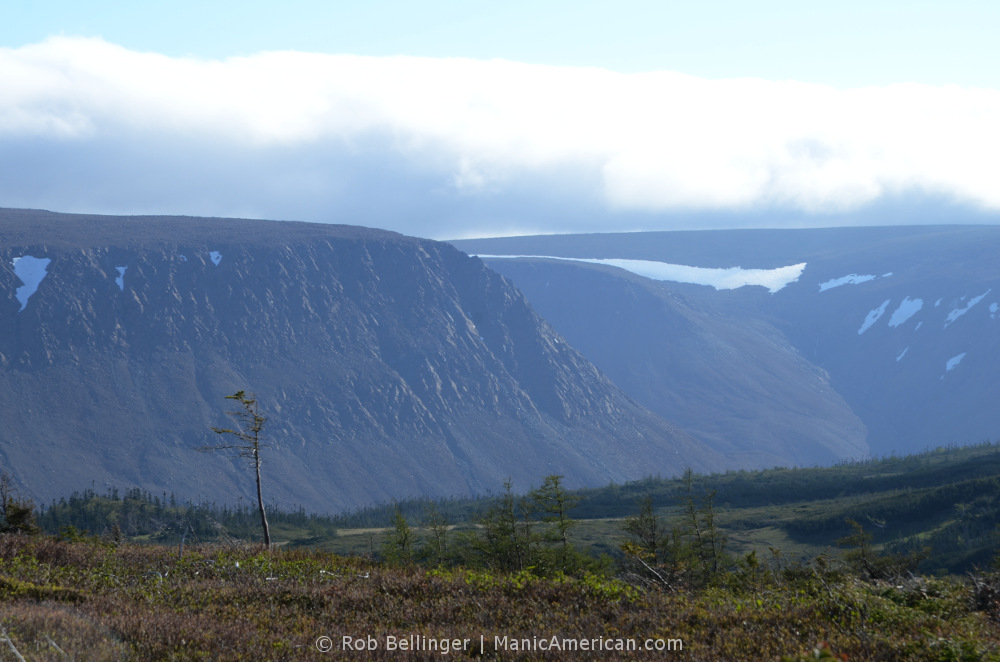
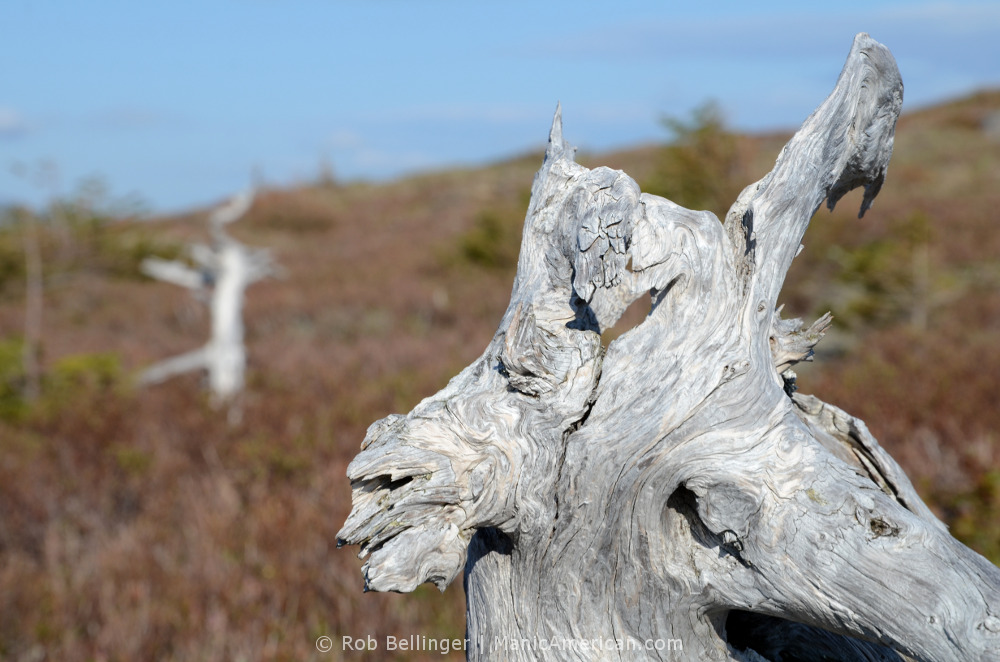
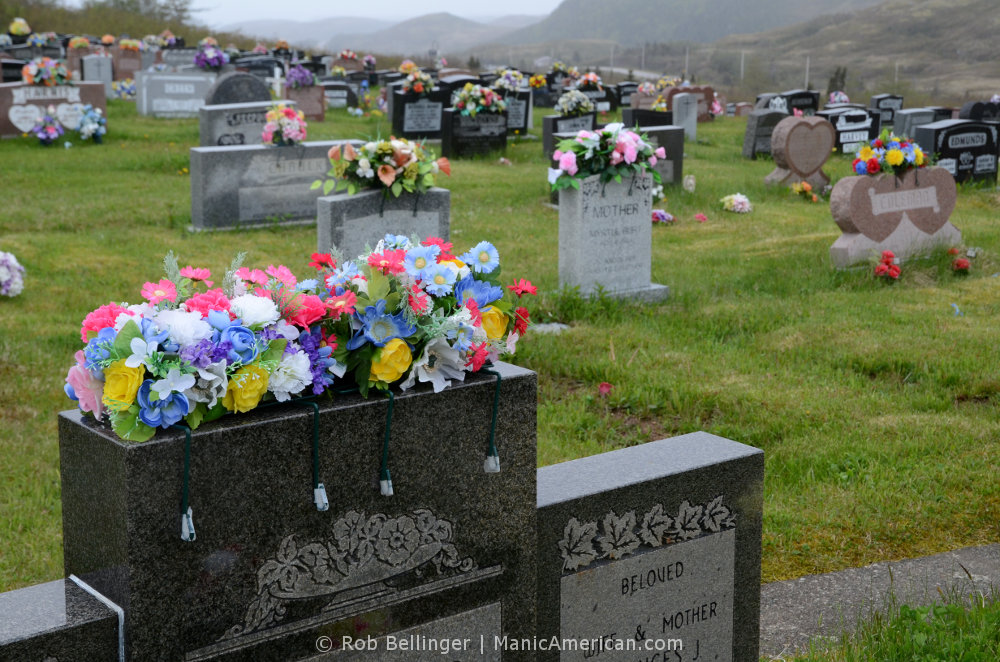
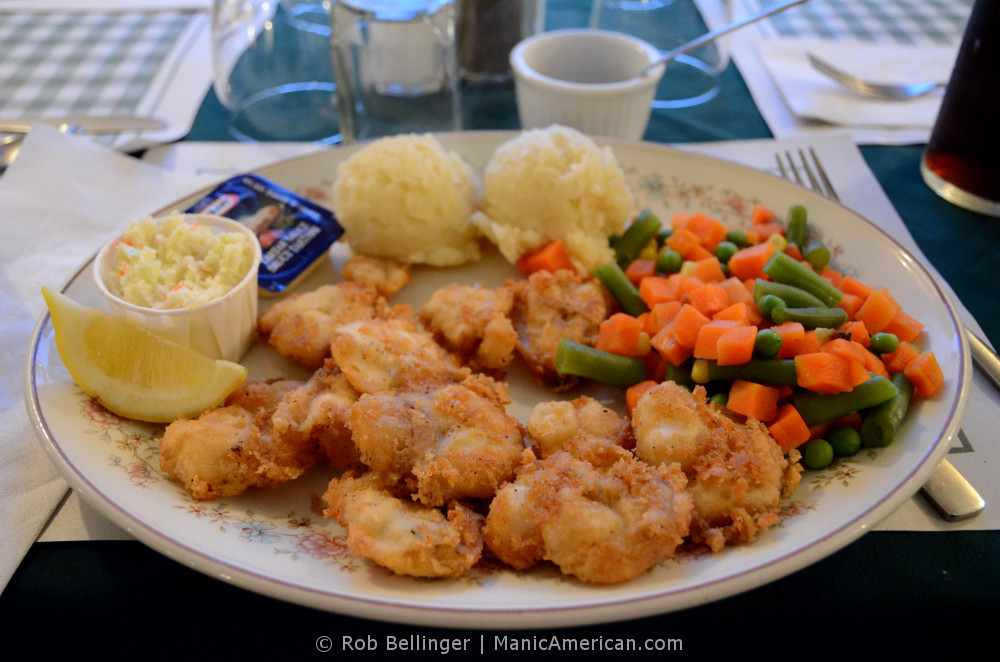
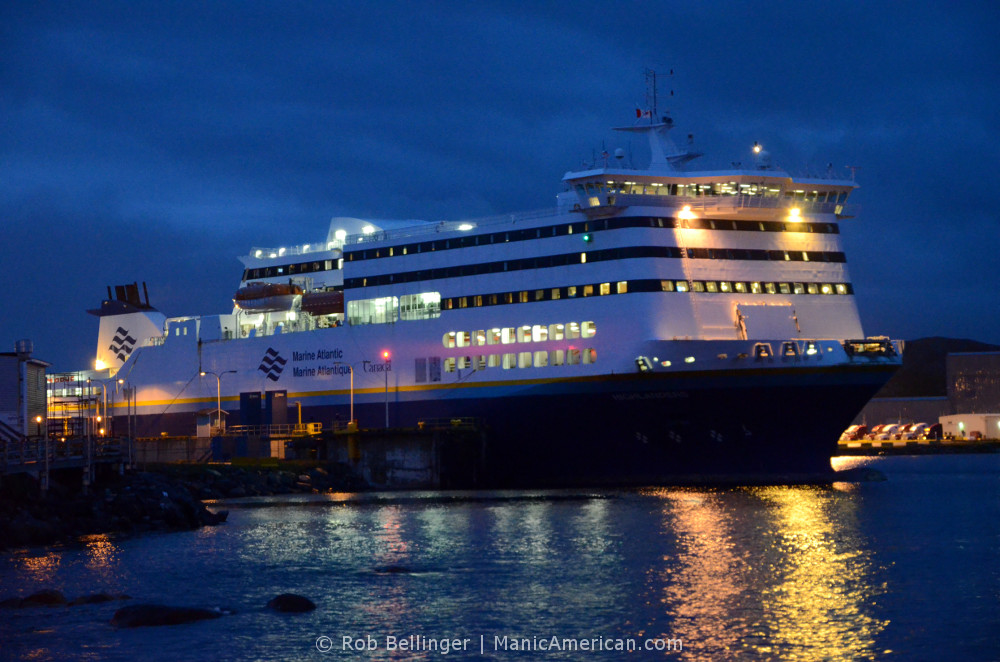
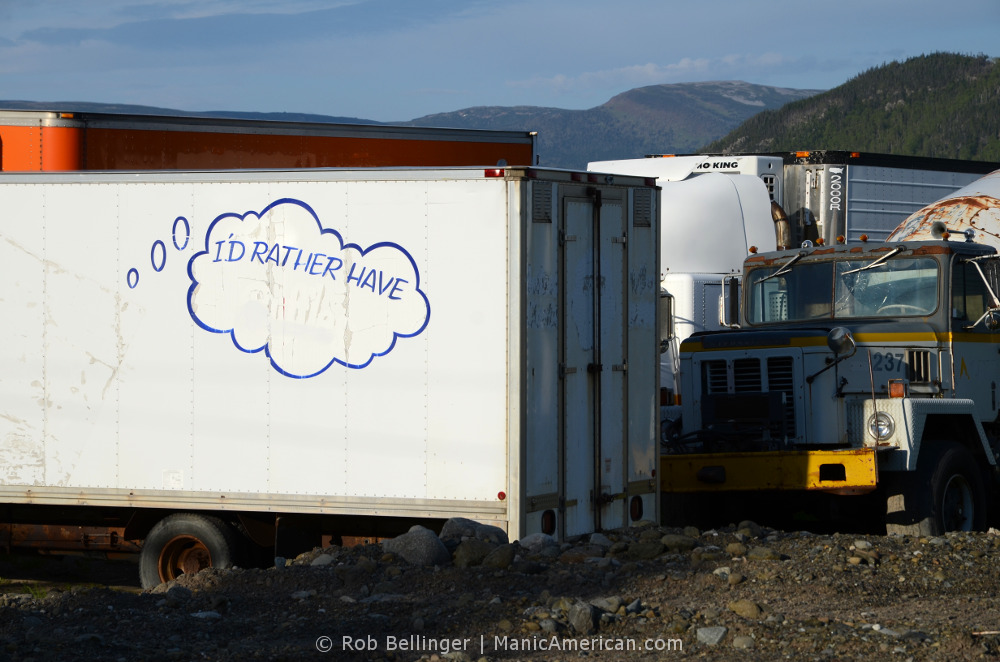
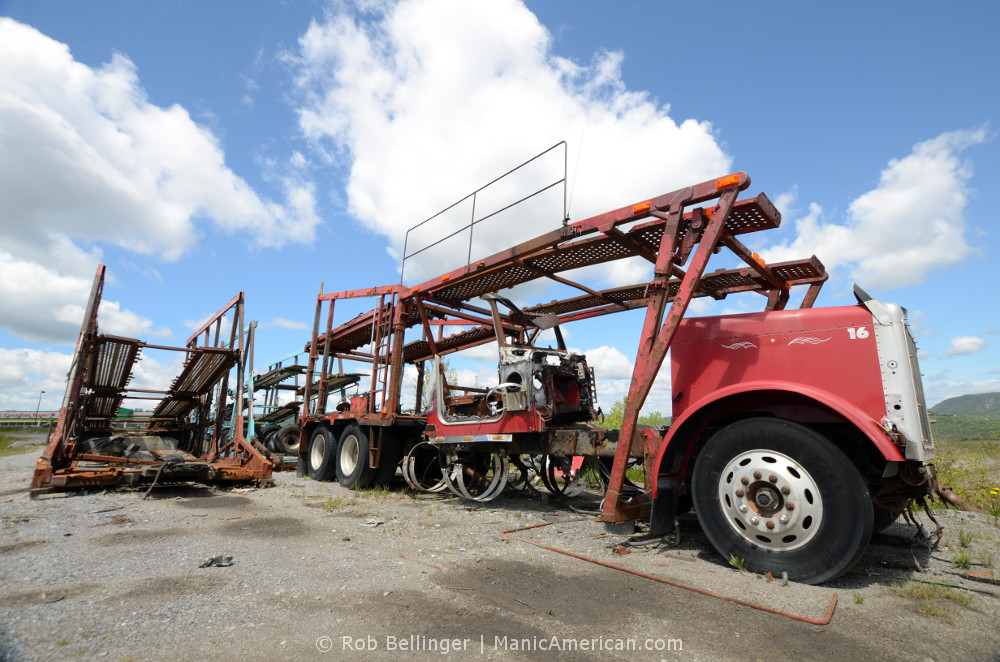
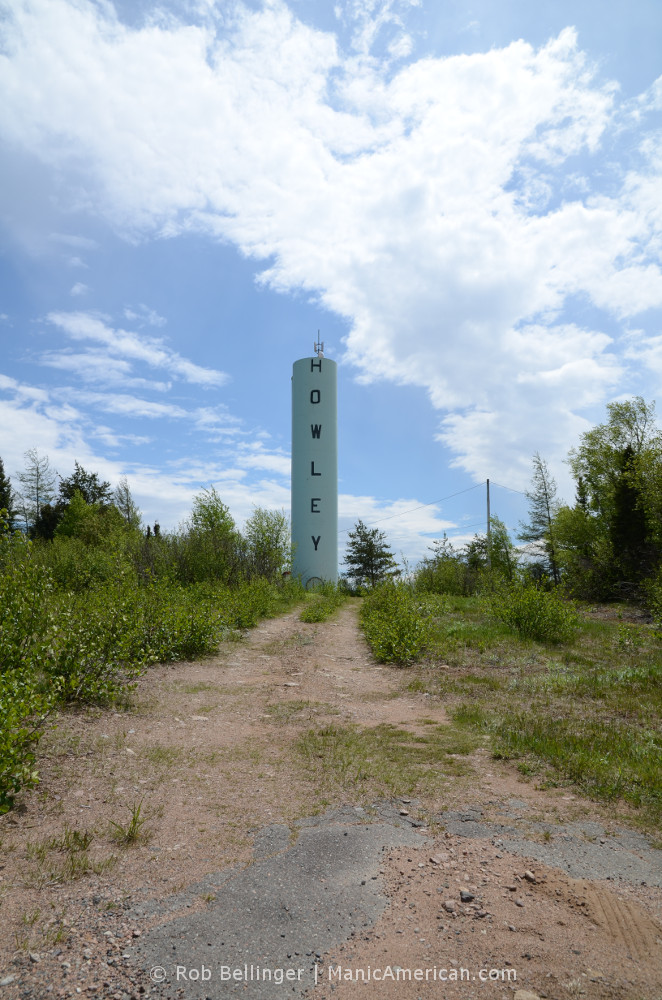
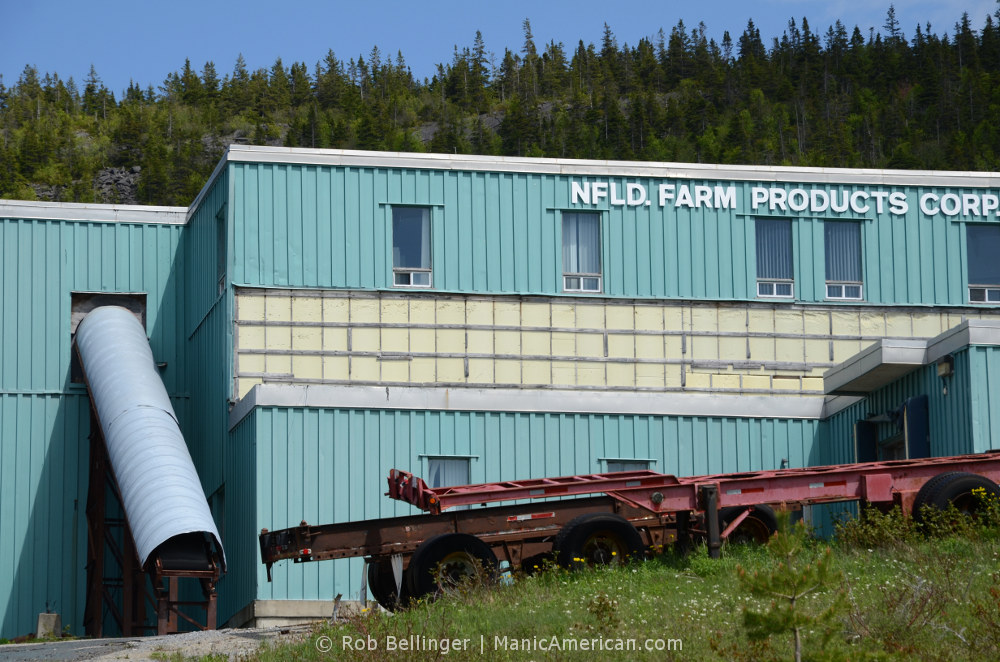
1 Comment
Comments are closed.